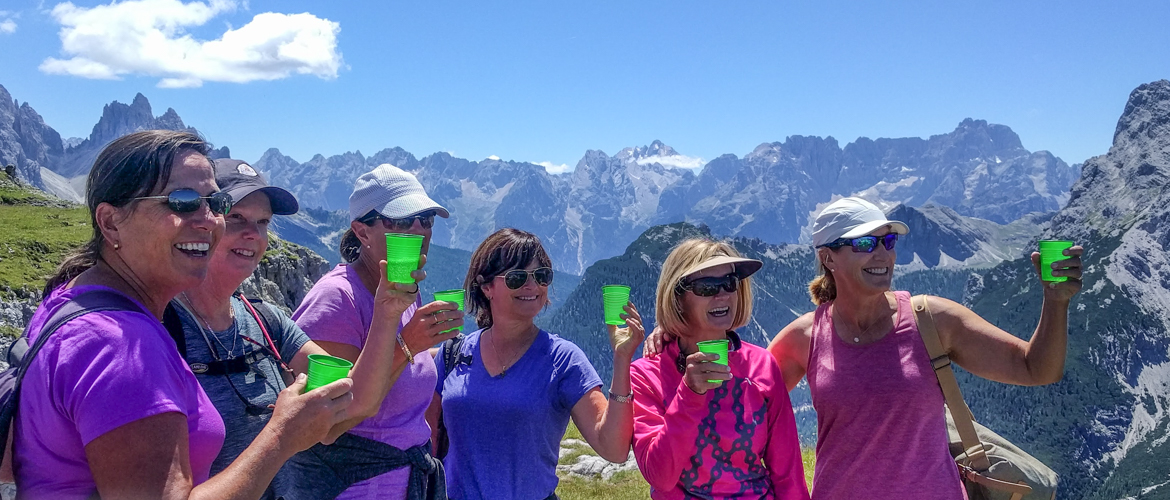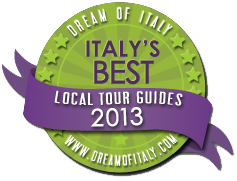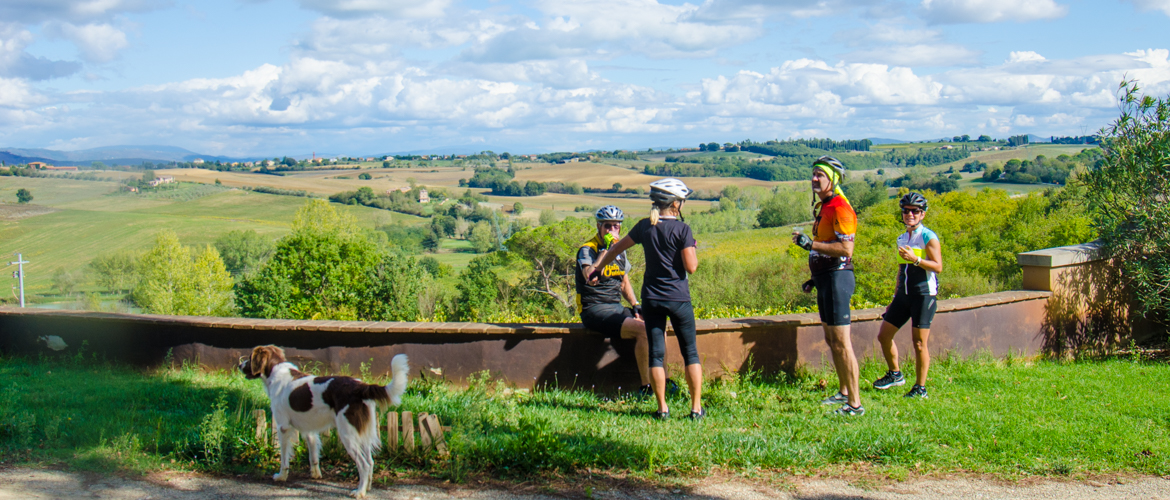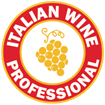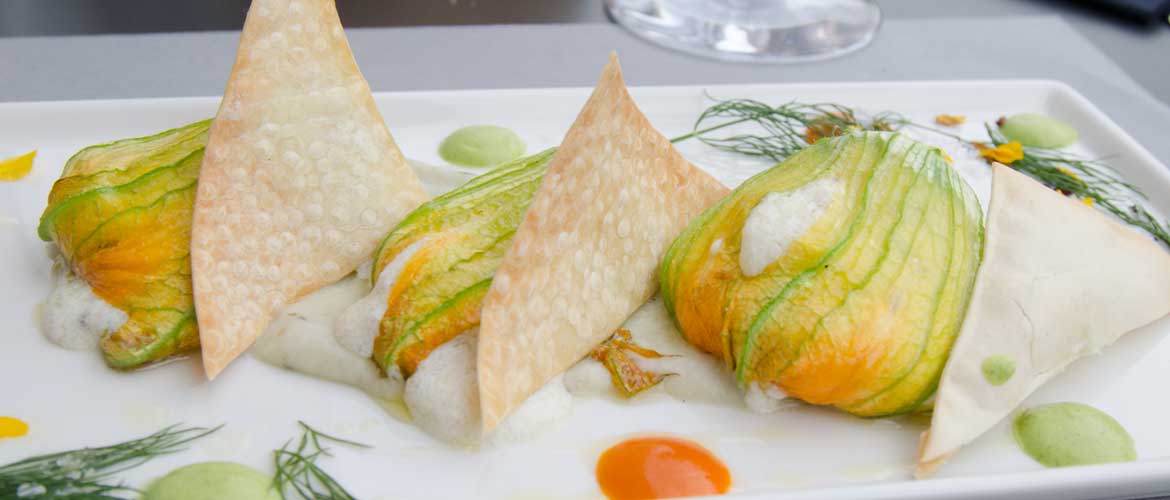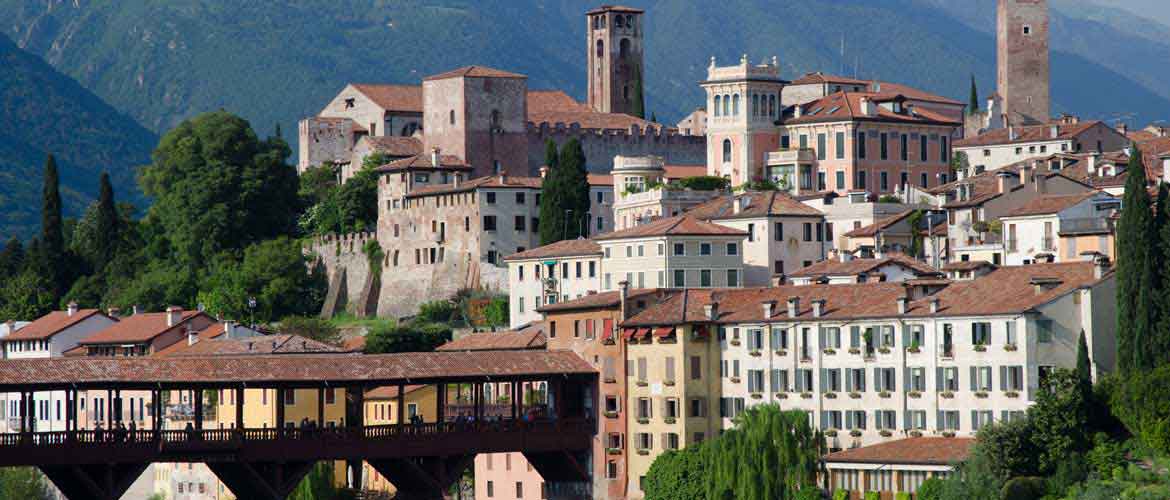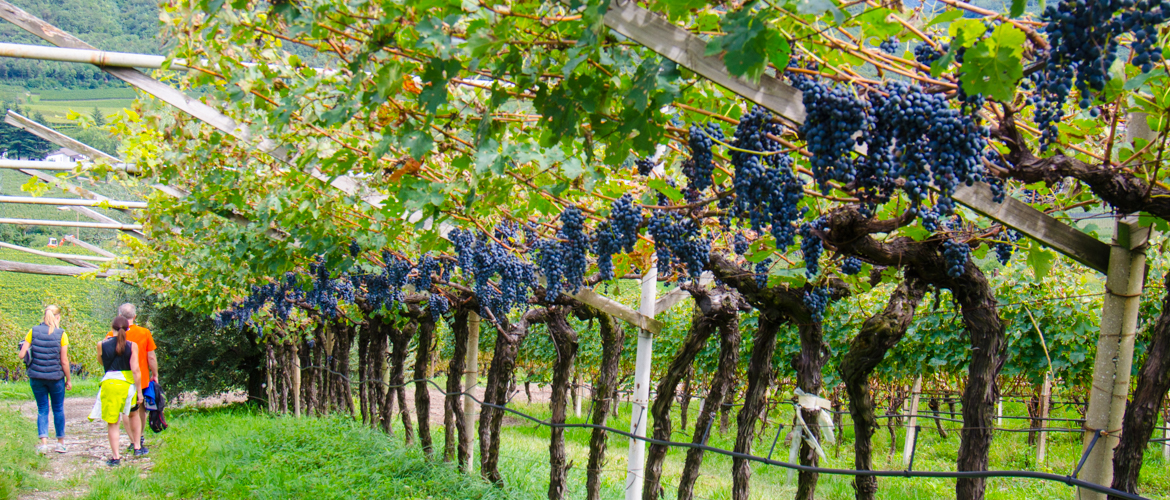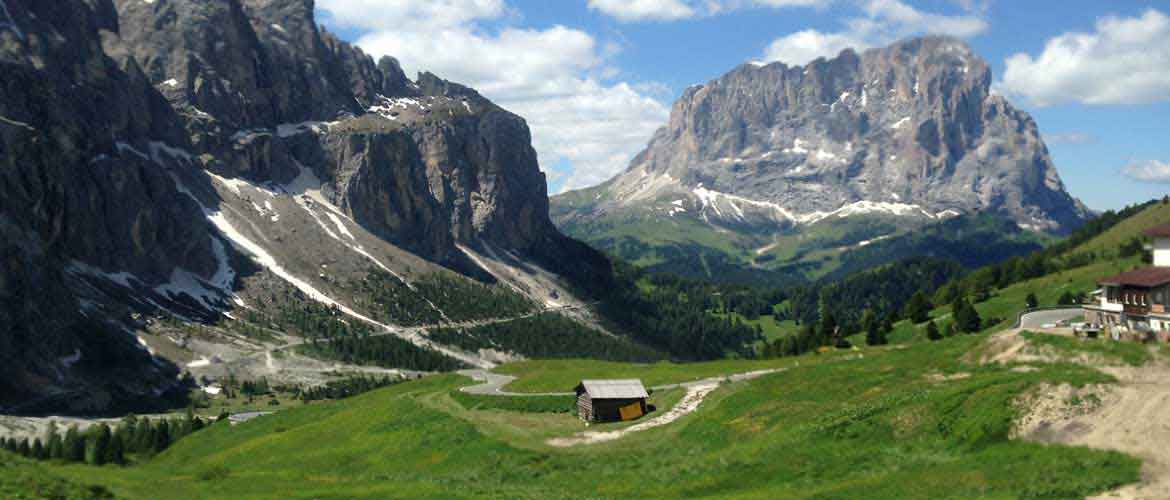Radicchio, a member of the chicory family, was first introduced to the Republic of Venice from Asia around 1400. It began to be cultivated fairly extensively in the region, but it served primarily as animal fodder, and the roots were dried and mashed and used as a substitute for coffee. It was also included as an ornamental plant in the botanical gardens of the Venetian aristocracy. It wasn’t until the 19th century that radicchio was introduce into the cuisine of the Veneto. It does make an occasional appearance in its raw form, but the preferred method of use is as an ingredient in pasta fillings, rice dishes, or sauteed and served as a side dish to braised meats.
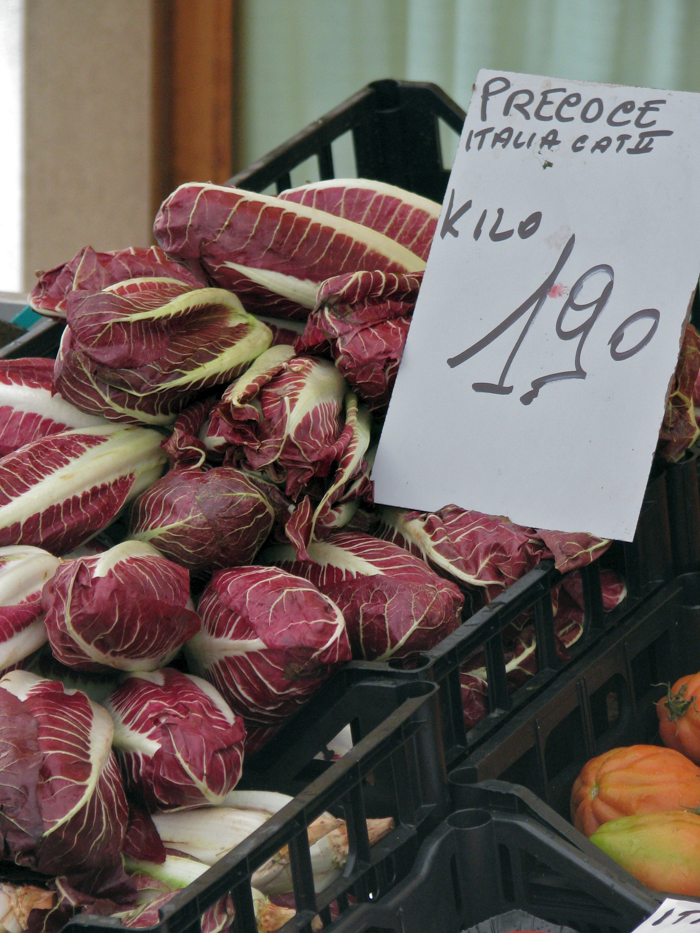
Here in the US, we see predominately the Radicchio Rosso di Chioggia form, which was first grown in the town of Chioggia on the Venetian Lagoon. This type is ball-shaped, like a small cabbage, and mostly purple in color with larger white streaks, or veins. In the Veneto region, however, there are many other varieties, each making an appearance at a slightly different time of year, and displaying its own culinary characteristics.
There are two varieties of Radicchio Rosso di Treviso which are grown in and around Treviso, and both are protected by their own IGP quality designation. The Precoce variety appears first in the season, and has deep red leaves, with an elongated shape. It has the sweetest and most delicate flavor in the radicchio family. The second type, Tardivo, is more elongated, with a more pronounced vein. As with most radicchios, both undergo a forcing, or ‘whitening”, imbianchimento, in which field-harvested plants have their upper halves cut off, and then are replanted in running water. After a few days, the deep red inner ‘heart’ begins to grow, which is sweet and tender, with a touch of the original bitterness still remaining. The older outer leaves are removed and the heart is what you will see in the market.
Radicchio di Verona is a variation of the Treviso Precoce variety, grown in the Verona area, and again, protected by its own IGP.
The province of Vicenza has its own favorite variety of radicchio, with the center of production in Asigliano Veneto, in the southern part of the province, as well as the Berici Hills, Noventa Vicentina, Poiana Maggiore, Sossano and Orgiano. This particular variety is more compact and oval shaped, with dark red leaves and white veins. These are first planted in July, with a first harvest in October, and a second harvest in December. In December, the harvest does not mean the work is completed - the heads are piled and left in the field for a few weeks of final ‘ripening”.
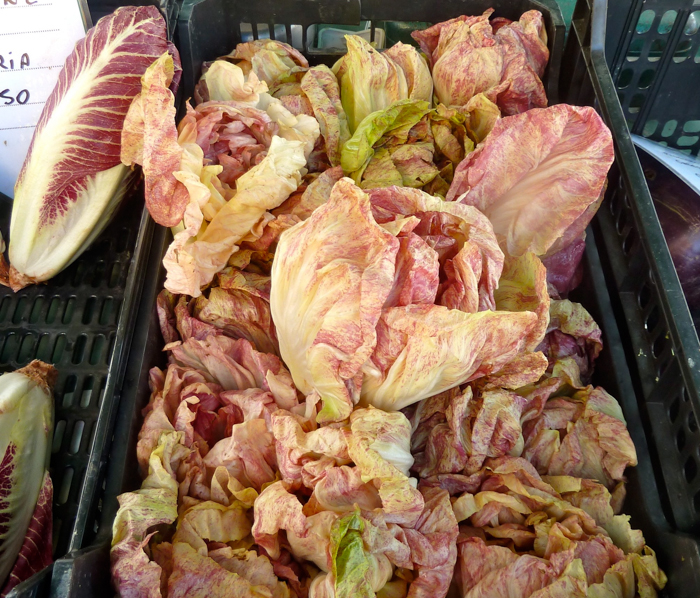
There is also the heirloom IGP Radicchio Variegato di Castelfranco, which is creamy white, variegated, with an open rose-like shape. It has a tender, softer flavor and some claim that is it actually a hybrid of radicchio and belgian endive. Finally there are some lesser know types, including the Radicchio Bianco di Bassano del Grappa, from the northern towns of Bassano, Rosa, and Marostica. This is a white, varigated chicory, with a rounded shape, and a more open, rose like heart. This type is also forced, with the green leaves turning to white. It is both crunchy and tender, with a delicate flavor.
Then there is the Luisa White, Luisa Varigated, Chioggia Giante, the Fior di Masera White...makes our selection in the US look a little sparse, doesn’t it?


